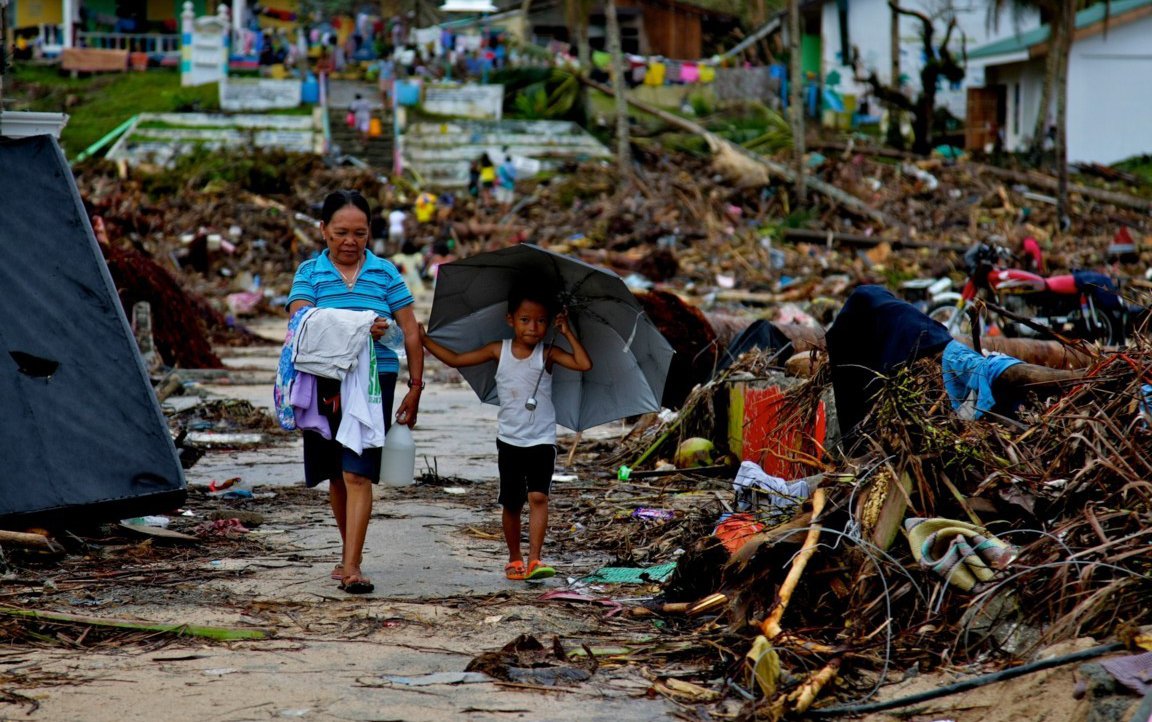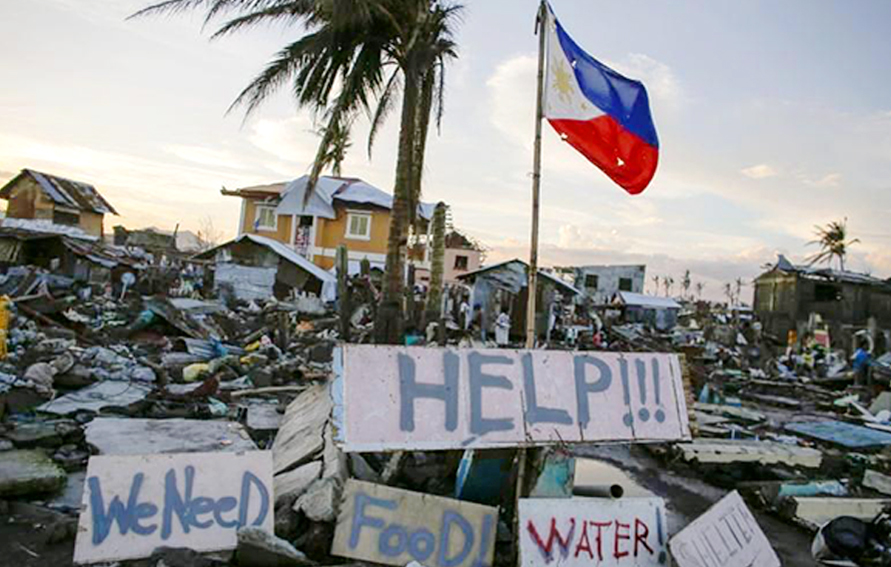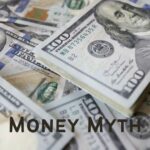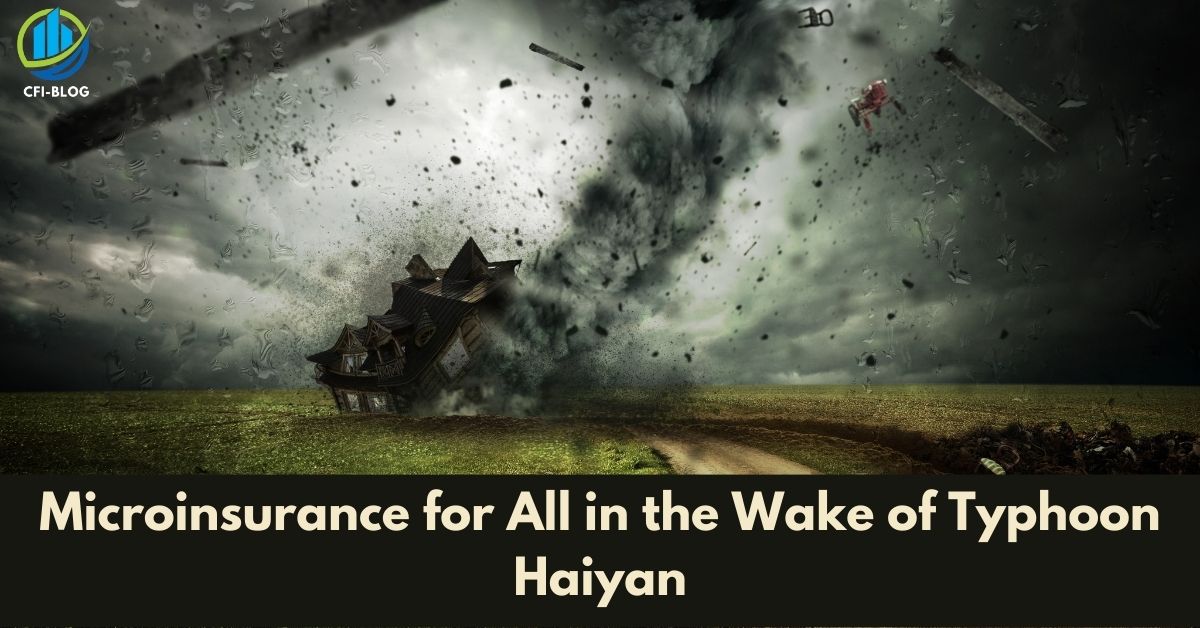One natural calamity can set back a nation for years. Especially in developing economies and emerging markets, where infrastructure is poor, and people don’t have a stable income or higher standard of living, not to mention rampant corruption can divert funds into the pockets of influential politicians and nefarious organizations, leaving out the people for whom the funds were released in the first place.
For instance, cyclone Idai struck the African continent’s coastal regions, encompassing countries like Zimbabwe, Malawi, and Mozambique in southern Africa. The effects of the flood were devastating and left thousands of people dead and millions more needy and homeless. Floods destroyed crops, land, homes, and essential infrastructure like roads, bridges, hospitals, water, and electricity supply, which helped in the communication and distribution of trade.
To make matters worse, cyclone Kenneth struck Mozambique after six weeks of Idai. The cyclone was the most devastating cyclone seen since the satellite era. Similar floods were seen in South Asia last year, where tremendous downpours caused landslides and destroyed the homes of 12 million people in Nepal, India, and Pakistan.
Even the developed world also faced such calamity. As recent in 2020, Australian bushfires destroyed over a billion animals and left the farmlands and the Australian rural economy in ruins. An estimated 10 million hectares were burned down, and entire communities were burnt to the ground.
Such a dangerous natural calamity occurred in the Phillipines. On November 8th, 2013, typhoon Haiyan struck the Philippines and caused damage to the population and property. The Phillippines is an emerging market with many economies still dependent on agricultural items. The floods caused massive damage to crops and took the soil fertility away. The government announced a relief plan for the entire nation in such a situation.
Typhoon Haiyan Arrives
Sticking the Southeast Asian landscape on November 8th, 2013, typhoon Haiyan was the most potent cyclonic storm ever recorded and one of the most powerful typhoons in history. It is one of the deadliest natural calamities in history, causing substantial human loss and property damage. An estimated 6000 people were considered dead, multiple were damaged land, and many were homeless and destitute.
On November 2, the Joint Typhoon Warning Centre picked up a low-pressure system, intensifying in the southeast region 425 kilometers from the Federation of Micronesia. Later on November 3, Japan picked up the low-pressure system as it reached its coast and classified it as a tropical depression. On the 4th of November, the system intensified into a tropical storm and was prompted to name it Haiyan.

Again, on the 5th of November, the storm developed an eye. On the 6th of November, it reached the maritime borders of the Philippines and the Philippine Atmospheric, Geophysical, and Astronomical Services Administration (PAGASA). The PAGASA allotted a local name, Yolanda.
Shortly after the storm entered the Philippines, the Philippine Atmospheric, Geophysical, and Astronomical Services Administration issued typhoon warnings nationwide, but the warning was kept insignificant. However, that didn’t last long as the alerts went higher up the level when later on the 7th of November, the storm increased its speed to 185 kilometers per hour. Warnings were issued to the regions of Bilirian Island, Eastern Samar, and many other regions. The then-Filipino president ordered the military to deploy its resources to the areas that would be affected.
To say the consequences of the typhoon were devastating would be an understatement. Haiyan, locally called Yolanda, heavily devastated the majority of the Islands of Leyter, raising much of its cities and towns to the ground. By 17th April, the national disaster reduction commission reported that approximately 6,300 people had died.
Out of them, over 5,900 died in the eastern Visayas. Guiuan in Eastern Samar was the first to experience the storm head, which caused massive damage to most of the structure of the township. Tablocan City in San Jose experienced a storm surge overturning cars and uprooting trees.
Philippines Development Plan (2011-2016)
The Philippines has not been developing at the same rate as its Asian peers for a long time. That’s not to say that the country hasn’t seen positive growth. They were also facing challenges in tackling five challenges to accelerate financial inclusion. The Philippines has seen periodic and occasional growth in the Gross Domestic Product, but that hasn’t benefited most of the country.
However, with this plan, the Filipino government tends to reverse this trend. The Filipino Development Plan was made under the Constitution’s Article VII, section 9, which provides the government the power to formulate economic plans to institute a process of progress and establish a legacy of prosperity. On September 2, the President ordered the National Economic and Development Authority, or NEDA, to implement the economic policy of the Philippines Development Plan of 2011-16 through a memorandum. In the plan, the National Economic and Development Authority was supposed to coordinate the new economic policy with the country’s stakeholders. This developmental plan focuses on the rapid expansion of the economy through the development of a skilled and able workforce and mobilizing the talents of individuals to harness and industrialize our country’s natural resources.
Sectoral Strategies: Industries and Services
The National Economic and Development Authority believes industrial and service sectors will drive economic growth. The authority targets economic growth of 7.0 percent to 8.0 percent in 2014, 8.0 to 9.5 percent in 2015, and above ten percent in 2016. They believe the economy will generate over three hundred thousand jobs yearly, with peak racing up to eight hundred and nine hundred thousand. Investment in the industrial sector will lead to more labor demand.

To achieve these goals, there needs to be good government intervention to optimize the ease of doing business. It can be done by improving the law and order situation, corporate governance, and lowering business costs like infrastructure, administrative procedures, flexible labor codes, and massive structural logistics. The government has promoted transparency regarding law and order and further simplified its bureaucratic procedures.
By 2016, the government will require all LGUs to implement the newly established licensing system. The government will continue linking Philippine Business Registry with LGUs so that small and medium-scale local businesses can benefit from this registration system. The government is also willing to subsidize infrastructure such as transport, energy supply, and logistics. The government has also realized it is time to ditch impact investing in unproductive self analysis.
Sectoral Strategies: Agriculture
The most crucial aspect in this sector is banking which the Philippine government is trying to strengthen ties with the ASEAN community in 2015. The government believes there are commercial banks ready to serve the base of the pyramid. This initiative is going to benefit the agricultural sector heavily. The agricultural and fisheries employ one-third of the country’s labor force. Over two-thirds of the labor force working in this sector are vulnerable, can lose their job, and will not be absorbed by the other sectors quickly enough to dissipate the problem.
According to this development plan, government intervention will be heavily directed toward increasing the productivity of essential commodities such as pineapple, sugarcane, coconut, coffee beans, and banana.
Social Development & Protection
Social development is significant for the development of the economy of the country, considering how much the Philippines is treading behind other Asian countries. In such an environment, poverty upliftment for people with a marginalized identity group becomes challenging. Marginalized groups face obstacles while trying to move themselves to better positions. Some of the ordinary people who face problems are individuals who are chronically ill. For the chronically ill, poverty becomes another dimension they must overcome, because of which medical security is necessary. This is why many were worried about what repeal of the affordable care act would mean for financial inclusion in the US.
Another area the government needs to pay attention to is the education sector. Education is a human right. For a developing country like the Philippines, it can drive out poverty and bolster economic growth. Investment in education and essential life skills enables an individual to pursue the economic opportunity that their previous generation hasn’t been able to do. The government has planned to invest from K to level 12, reinstating the commitment.
Lastly, the government needs to focus on individuals’ social security. Social security will give economic leverage from labor exploitation from further sinking into poverty. It will also prevent workers from going over-indebted. The government plans to increase the budget for Philippine Health Insurance. Previously, the health surveys didn’t cover the poor and indigenous populations. The insurance policy plans to cover all these people.
Frequently Asked Questions (FAQs)
1. What is the role of microfinance in disaster management?
When disaster strikes in emerging markets, microfinancing can help reduce the population’s liquidity scarcity. There might be infrastructure damage that can cut off people from their savings. Microfinance can fulfill that void.
2. What is an example of microinsurance?
Microinsurance protects low-income or poor people from specific live altering events that may be detrimental to their physical and financial health or endanger them financially. Microinsurance can be used mainly by people in the agriculture sector. One of the best examples of micro-insurance is crop insurance which protects the farmers from the cost of crop destruction.
3. How did the Phillipines development Plan help the people?
The Philippines’ development plan was passed after the financial crisis of 2008 occurred and collapsed the real estate and banking sector of the United States. The whole world was affected as the banks withdrew many of their investments, as many of them lost access to their savings. A development plan was formulated first in 2008 and then from 2011 to 2016 when the Phillipino government drafted a series of measures to help the poor regain their footing in the country. The economic plan targeted to direct funds to the industrial and agricultural sectors to secure a high gross domestic product.
Conclusion
It is undeniable that the Haiyan typhoon caused considerable damage to the country of the Philippines. In an emerging economy, they are one natural calamity away from bankruptcy or total economic collapse. But the Philippines is resilient and fight back as hard as it can. The government is implementing developmental policy and social security, and things are improving.
Author Profile

- Jonas Taylor is a financial expert and experienced writer with a focus on finance news, accounting software, and related topics. He has a talent for explaining complex financial concepts in an accessible way and has published high-quality content in various publications. He is dedicated to delivering valuable information to readers, staying up-to-date with financial news and trends, and sharing his expertise with others.
Latest entries
 BlogOctober 30, 2023Exposing the Money Myth: Financing Real Estate Deals
BlogOctober 30, 2023Exposing the Money Myth: Financing Real Estate Deals BlogOctober 30, 2023Real Estate Success: Motivation
BlogOctober 30, 2023Real Estate Success: Motivation BlogOctober 28, 2023The Santa Claus Rally
BlogOctober 28, 2023The Santa Claus Rally BlogOctober 28, 2023Build Your Team – the Importance of Networking for Traders
BlogOctober 28, 2023Build Your Team – the Importance of Networking for Traders

